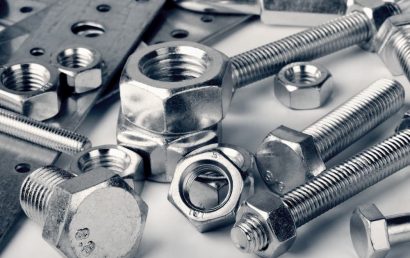Why Should You Get Biomedical EMI Shielding Coatings?
Hundreds upon hundreds of medical devices can be found in medical facilities and hospitals. All in all, there are in excess of 10,000 kinds of available medical devices. From CT machines to specialized beds, to improve the health of patients, medical mechanisms are utilized. In some cases, to save a patient’s life, medical apparatuses such as defibrillators are used.
While looking at the tools used by nurses and doctors, many patients may not be aware of what kind of engineering goes into each one. As an example, biomedical EMI shielding coatings must be used on some medical devices in order to shield them from EMI (electromagnetic interference). When designing medical mechanisms, EMI shielding is considered by both engineers and manufacturers of medical devices. To keep manufacturers federal regulation compliant, and to prevent the failure of medical equipment, EMI shielding is used.
Why Not Just Use Plastic?
On the rise is the demand for lighter, more compact, plastic equipment. However, to ensure protection from EMI, metal shielding is needed for nonconductive plastic. Electromagnetic wave emission is not prevented by nonconductive plastics. The malfunction of essential equipment can be caused by electromagnetic waves. Additionally, plastics don’t offer device protection against radiofrequency interferences or electromagnetic impact.
Fortunately, without adding excess weight to medical equipment, a metal coating helps prevent EMI. But that’s not all! To prolong the life span of a piece of digital equipment, strengthening is also added by metal coatings. Let’s take a closer look at EMI protection.
Shielding Against EMI – It’s Important!
Why is it so important to shield against EMI?
EMI consequences can be as serious as death or severe injury, or as minor as a simple annoyance. EMI shielding increases as more people acquire cell phones. Worldwide, cell phones are in use by almost 7 billion people. Granted, they are low-power transmitters, but they can still interfere with pacemakers and ICDs (implantable cardioverter defibrillators). In fact, to protect themselves from EMI, individuals with pacemakers or ICDs should keep walkie-talkies and cell phones at least 6 inches away from their devices. An arrhythmia could result from interference.
Cell phones aren’t the only culprit here. Another reason for adequate EMI shielding, and possibly a bigger concern, are radios. Here’s an astonishing scenario: A recorded instance of powered wheelchairs driving themselves was the result of police walkie-talkie radiofrequency interference!
Here’s another, far more tragic example: Due to EMI, a monitoring system failed and, as a result, two patients died. Even life-support equipment can fail as a result of EMI.
Clearly, individuals/patients who are medical device reliant are also very dependent upon EMI shielding. Without it, they could not be assured of the proper functioning of their medical devices.
Today’s EMI Shielding Challenges
Because new medical devices are being used in both medical facilities and in homes, it is even more challenging to accomplish EMI shielding. Because low power circuitry is used by today’s new devices, they tend to be more EMI susceptible.
The digital circuits used in the construction of new medical devices that are faster and smaller also presents a challenge. Vulnerability and electromagnetic emissions are difficult to control the faster the digital speed.
A&A Coatings For EMI Shielding
Is your business involved in one of the many industries where EMI shielding is necessary? We have thermal sprayed coatings that can protect against EMI, as well as coatings that serve numerous other protective purposes.
Contact us today if you’d like to find out how A&A Coatings can be of assistance to you and your company.



